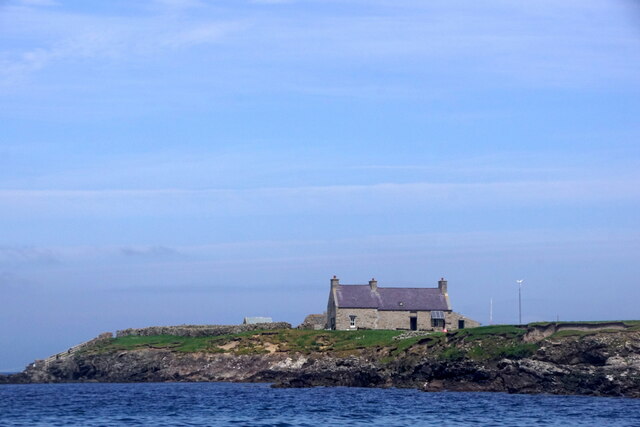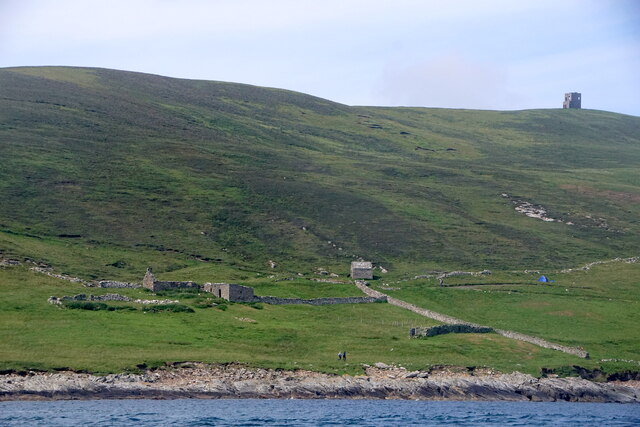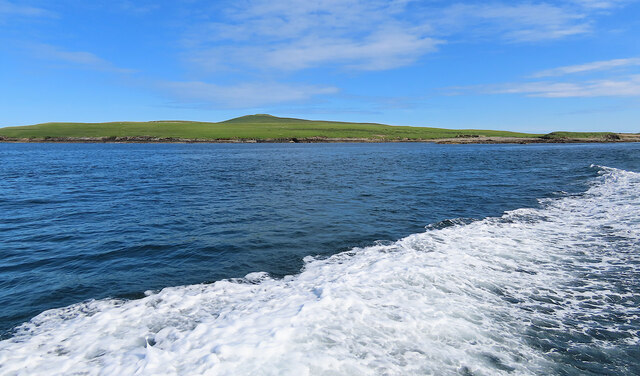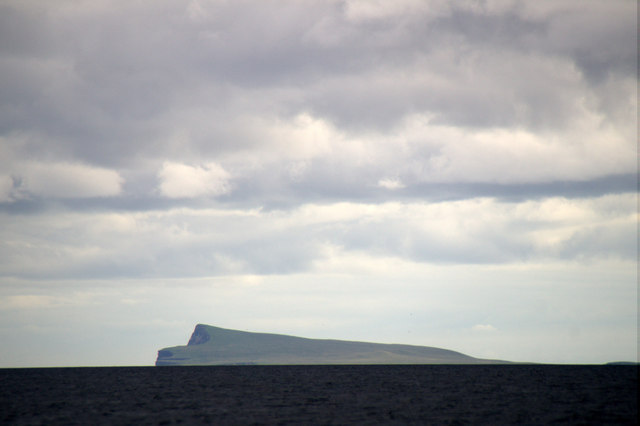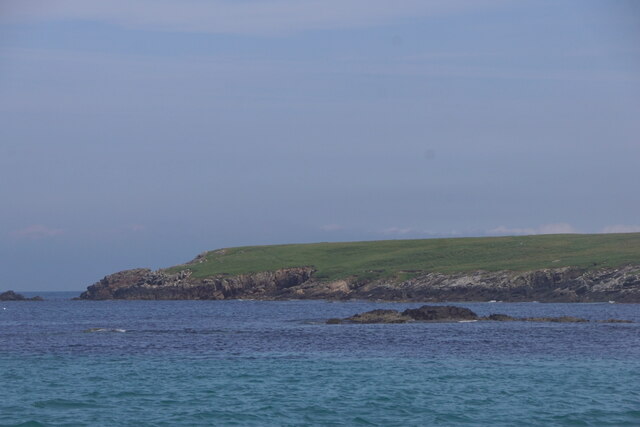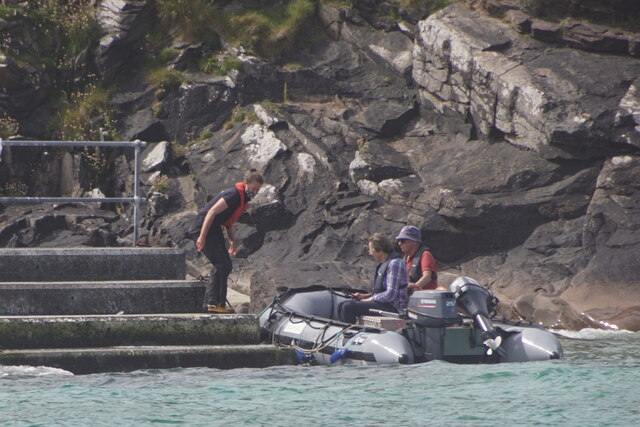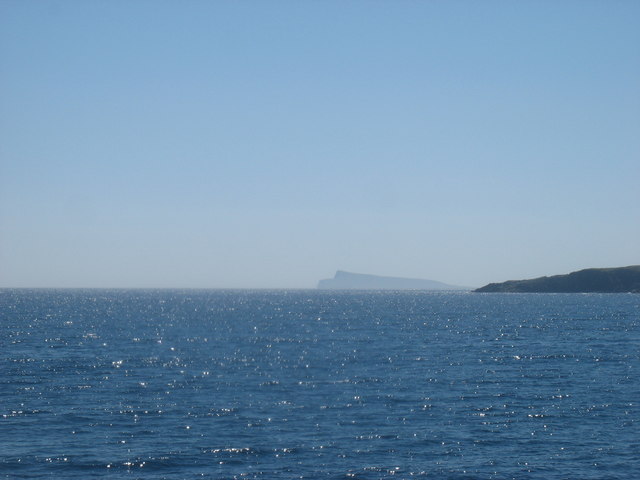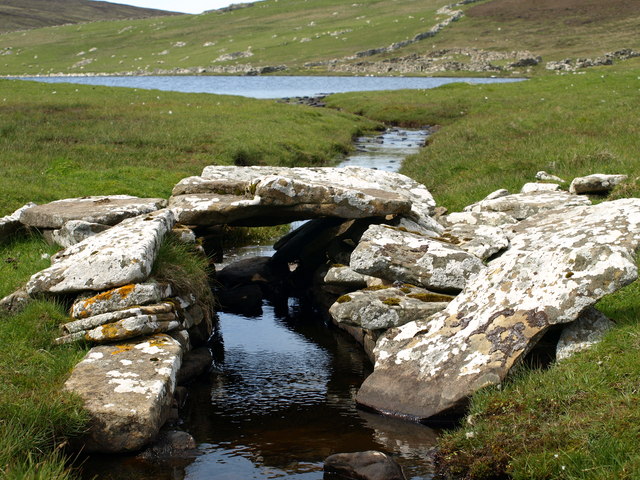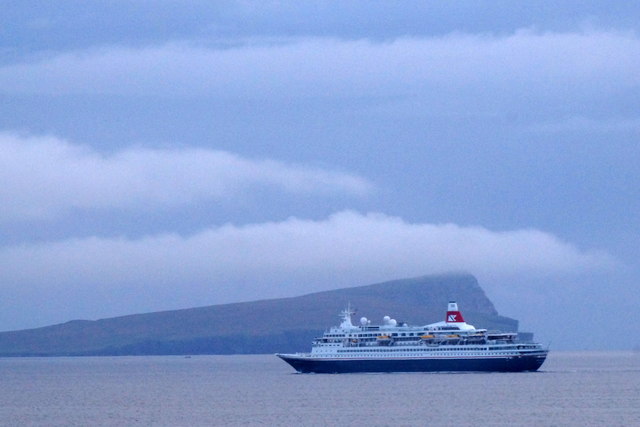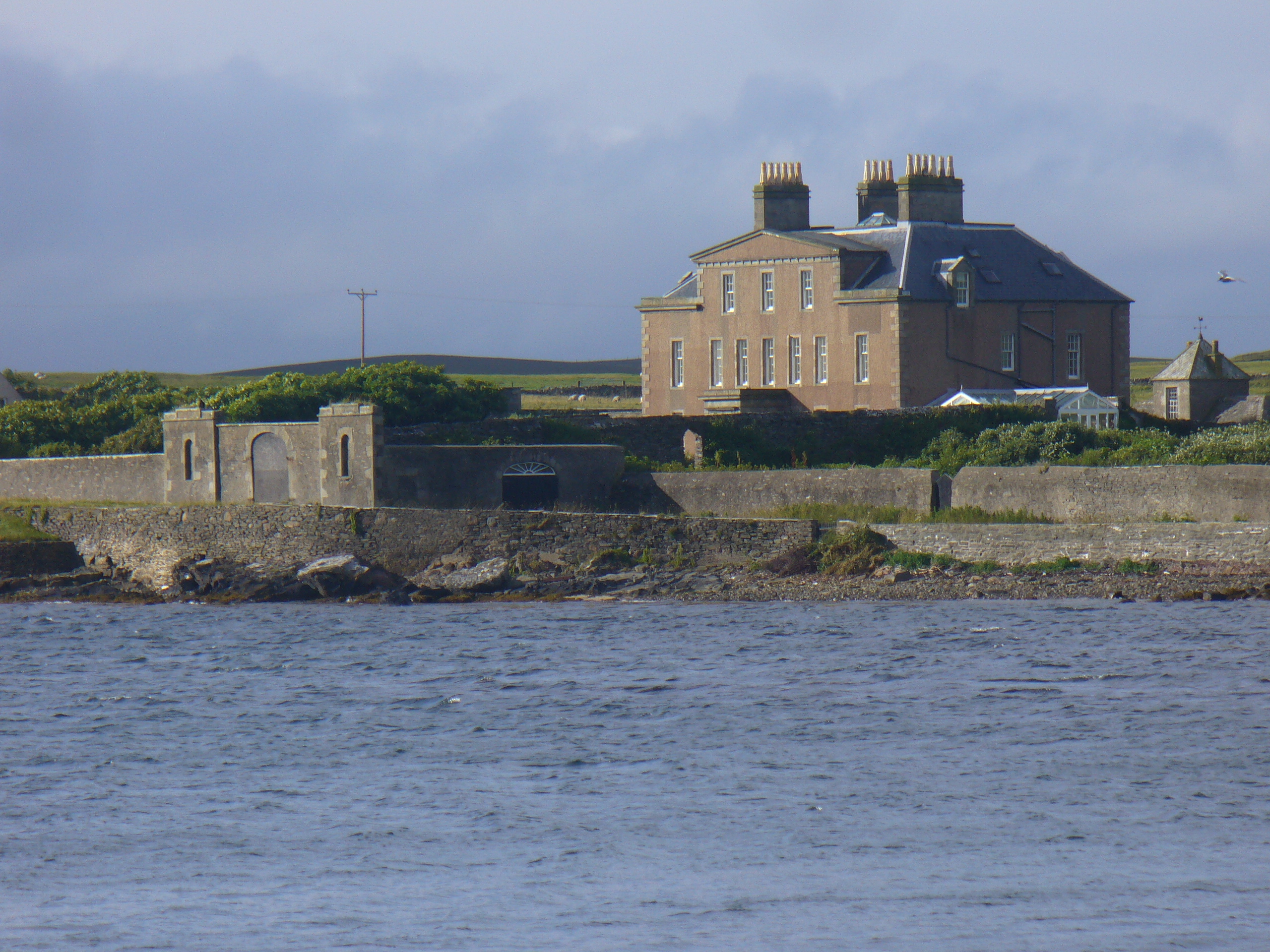Tarristie of Setter
Coastal Feature, Headland, Point in Shetland
Scotland
Tarristie of Setter
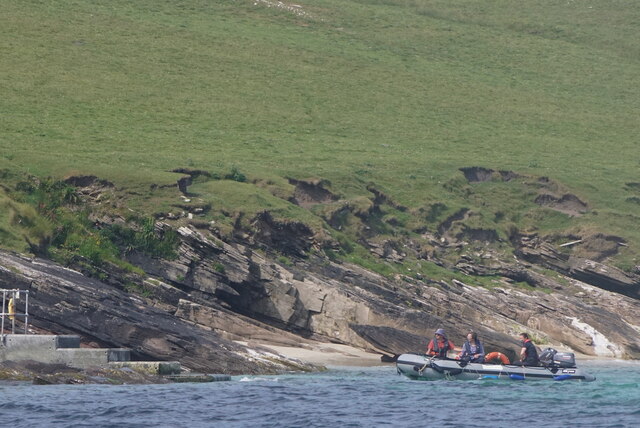
Tarristie of Setter is a prominent coastal feature located in the Shetland Islands, Scotland. It is classified as a headland or point, jutting out into the North Sea. The geographical coordinates of Tarristie of Setter are approximately 60.230°N latitude and 1.286°W longitude.
This coastal feature is characterized by its rugged and rocky terrain, typical of the Shetland Islands. The headland is composed mainly of sedimentary rocks, including sandstone and shale, which have been shaped by coastal erosion over time. The cliffs along Tarristie of Setter can reach heights of up to 30 meters, providing stunning views of the surrounding area.
The location of Tarristie of Setter offers an ideal vantage point to observe the rich marine life that inhabits the waters of the North Sea. Seabirds, such as puffins, gannets, and fulmars, can often be seen nesting and soaring around the headland. The area is also known for its diverse population of seals, which can be spotted resting on the rocky shores or swimming in the nearby waters.
The coastal path that runs along Tarristie of Setter allows visitors to explore its natural beauty on foot. However, caution is advised when walking near the cliffs, as they can be unstable due to erosion. The surrounding area is largely unspoiled, offering a peaceful and remote setting for nature enthusiasts and photographers.
Overall, Tarristie of Setter is a captivating coastal feature that showcases the raw beauty of the Shetland Islands, with its dramatic cliffs, abundant wildlife, and breathtaking views of the North Sea.
If you have any feedback on the listing, please let us know in the comments section below.
Tarristie of Setter Images
Images are sourced within 2km of 60.13917/-1.0285504 or Grid Reference HU5439. Thanks to Geograph Open Source API. All images are credited.
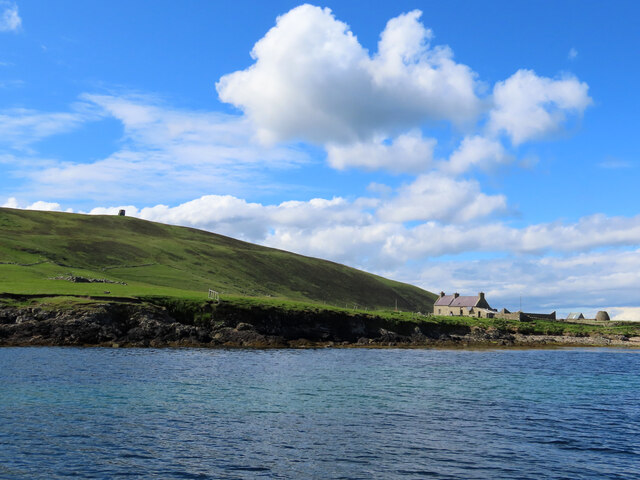
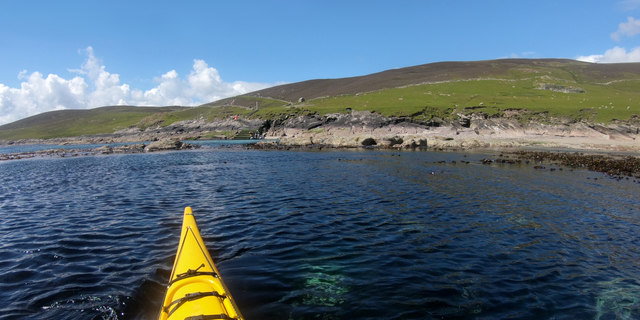
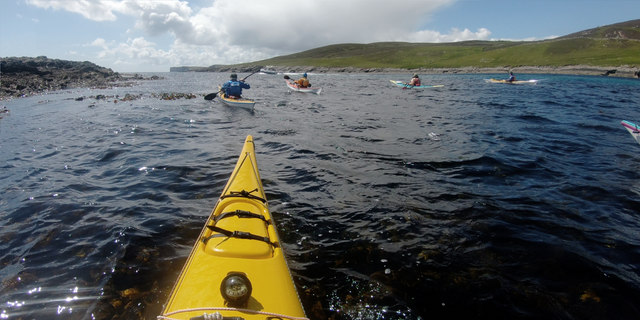
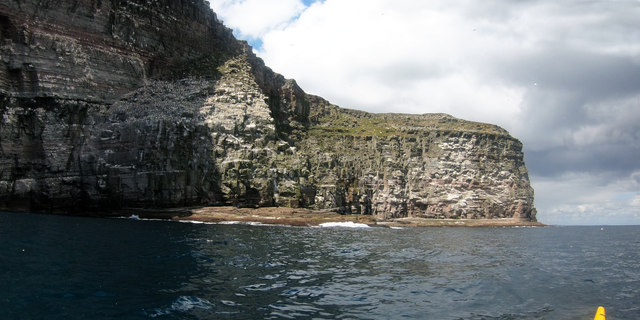
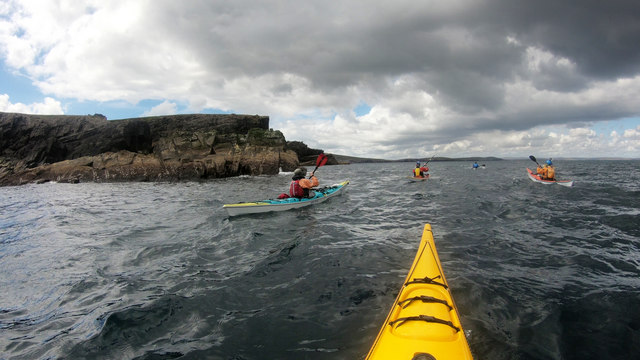
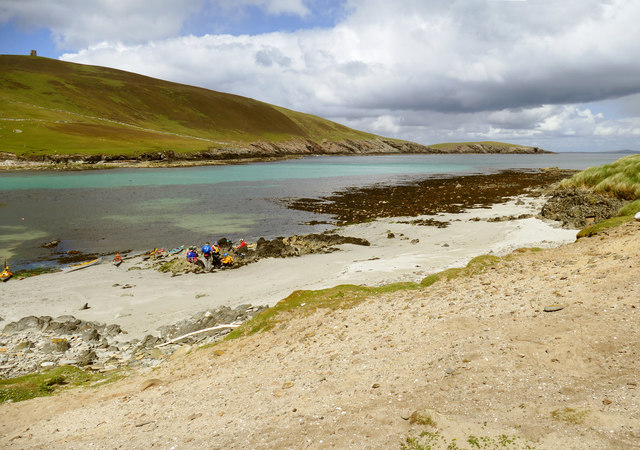
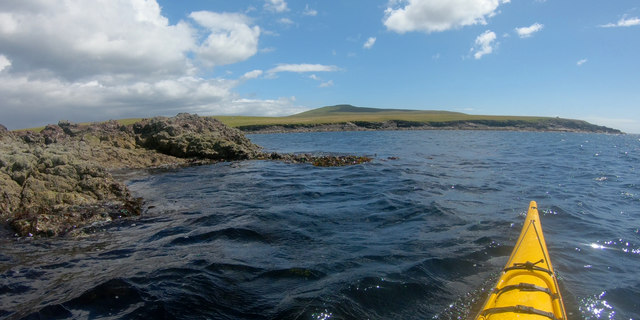
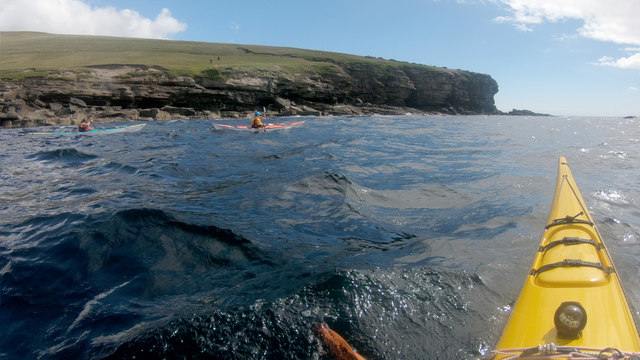
Tarristie of Setter is located at Grid Ref: HU5439 (Lat: 60.13917, Lng: -1.0285504)
Unitary Authority: Shetland Islands
Police Authority: Highlands and Islands
What 3 Words
///mainframe.neater.auctioned. Near Lerwick, Shetland Islands
Nearby Locations
Related Wikis
Isle of Noss
The Isle of Noss or Noss (Scots: Noss) is a small, previously inhabited island in Shetland, Scotland. Noss is separated from the island of Bressay by the...
Holm of Noss
The Holm of Noss or Cradle Holm is an uninhabited islet of the Shetland Islands. It is about 48m at its highest point. == Geography and geology == It is...
Broch of Cullingsburgh
The Broch of Cullingsburgh is an Iron Age broch located in the Shetland islands. == Location == Located on Bressay, off the east coast of mainland Shetland...
Bressay
Bressay (Scots: Bressa) is a populated island in the Shetland archipelago of Scotland. == Geography and geology == Bressay lies due south of Whalsay, west...
Voe of Cullingsburgh
Voe of Cullingsburgh is a large sea loch off the Shetland island of Bressay, voe meaning "sea inlet" in Shetland dialect. The local spelling of the name...
Bressay transmitting station
Bressay transmitting station is a broadcasting transmission facility for the Shetland Islands, located on the isle of Bressay, owned and operated by Arqiva...
Gardie House
Gardie House is an 18th-century estate house on Bressay in Shetland, Scotland. Located opposite Lerwick, across the Bressay Sound, Gardie is described...
Lerwick and Bressay Parish Church
Lerwick and Bressay Parish Church is the largest Church of Scotland congregation in Shetland, serving the islands' capital Lerwick and the surrounding...
Nearby Amenities
Located within 500m of 60.13917,-1.0285504Have you been to Tarristie of Setter?
Leave your review of Tarristie of Setter below (or comments, questions and feedback).
